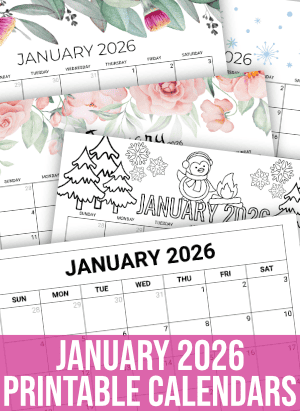What Colors Do Blue and Green Make?
Last updated: April 28, 2025 by Michelle
What colors do blue and green make? Well, that’s kind of up to you! Being so similar, determining the exact color blue and green make can come down to a matter of opinion. You might see teal while someone else sees aqua or cyan or even turquoise. But the truth is all of the above, and we’re going to explore exactly how and why that is right here.
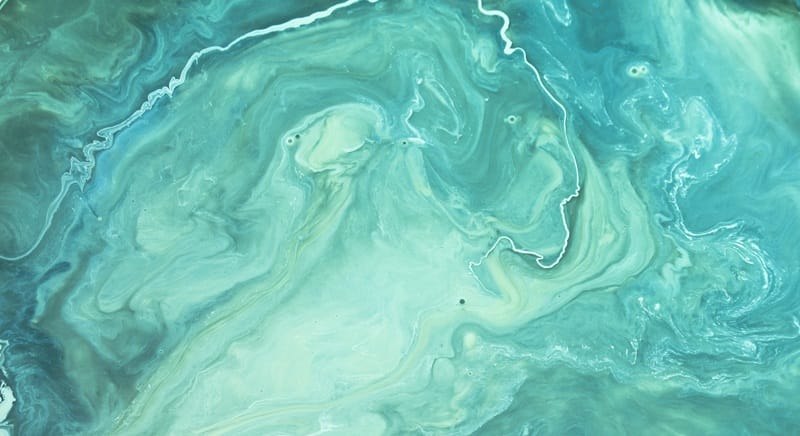
When you mix blue and green, you get a whole range of fun new colors. The exact color you make depends on how you mix blue and green, as well as what your goal is. You might be surprised by some of the places this color combination can go, but don’t worry. We’re going to break it all down and show you how you can use blue and green in your art, decorating, and even food.
Blending Blue and Green | Making Turquoise | How to Mix Blue and Green | Color Relations | Teal in Nature | Decorating with Teal
What Is a Mixture of Blue and Green Called?
Blue and green can make several different fun colors depending on how you mix them. Let's take a look at a few of our favorites!
Teal
Featuring both the brightness of the blue and the depth of the green, teal is a favorite. You can mix blue and green to bring out this rich color that evokes pools of serene, warm, tropical water. When you see all those images of picturesque beaches, what you’re seeing is teal! It tends a little more toward the green side of the mixture, leaving it less bright than some other blue and green mixes.
Aqua
From tropical pools to deep oceans. Aqua is the color you think of when you think of clear ocean water. It has a little more blue than teal, so it ends up a bit brighter. However, there are other blue and green mixes that are even brighter. With aqua, you can still spot the green pretty clearly. This gives the color a richness that evokes depth and mystery.
Cyan
Here’s our brightest and bluest mix of blue and green. You can get an almost neon look out of cyan if you add in enough blue. It’s easy to mistake this color for just blue, but rest assured, it is a true blue and green mixture. This color is less natural than teal or aqua because it’s so eye-catching and bright.
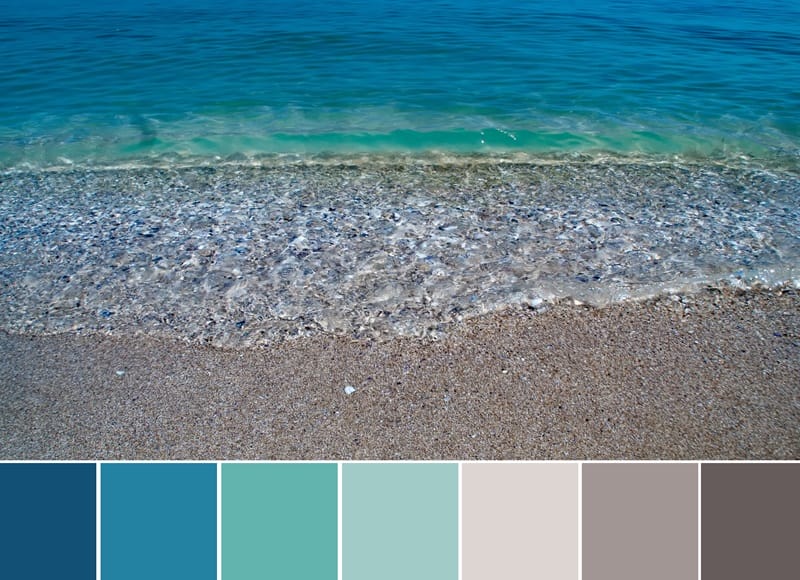
Which Colors Make Turquoise?
There's one more important color to talk about when we discuss what blue and green make, and that's turquoise. Turquoise isn't quite teal, but it's not aqua either. It's certainly not as bright as cyan. It falls somewhere between the mellow tones of teal and the deep blue of aqua.
When you’re mixing your blue and green to make new colors, it’s important to be aware of all these possible results. The features of these colors can help you fine tune your blue and green mix to make the perfect color. For example, if you were thinking about a neon sign and you knew how cyan includes more blue than other mixes, you’d know to add more blue to your mix. Likewise, if you were coloring water, you’d know to include plenty of green to get the right color.
Do Blue and Green Make Purple?
While blue and green make a lot of interesting colors, they don’t really make purple. For that, you’d want blue and red. Green and red are opposites, so it only makes sense that you get different colors when you mix them with blue. If you want to learn exactly why and how blue and red make purple, check out our guide on mixing those colors.
How Do You Mix Blue and Green?
Now you know what colors blue and green make, but how do you actually mix those colors? That will depend on your medium and materials.
For example, if you were coloring a coloring book page, you would probably use colored pencils or markers. In this situation, you'd want to start with blue and slowly add green on top of it, testing to see how the colors mixed.
If you were mixing dye or paint, it would be different. You might mix a few drops at a time, going back and forth between both colors to get the exact shade you're looking for.
If you are unsure where to start and mostly want to experiment with what blue and green make, we suggest beginning with paint and a pallet. Paint is the easiest medium for mixing. You can put some paint on your pallet, grab a brush, and simply start mixing. And with paint, you can always add a little more or a little less to see what happens. In contrast, once you start coloring with pencils or markers, it’s harder to add or subtract from what you’ve already done.
What Are Blue and Green to Each Other?
The answer might not be what you expect. Blue and green are very close to each other on the color wheel, but that doesn’t mean they’re the same type of color. In fact, blue is a primary color while green is a secondary color. And teal, one of their mixtures, is a tertiary color. If all of that made your head spin, don’t freak out. We’re about to break it down.
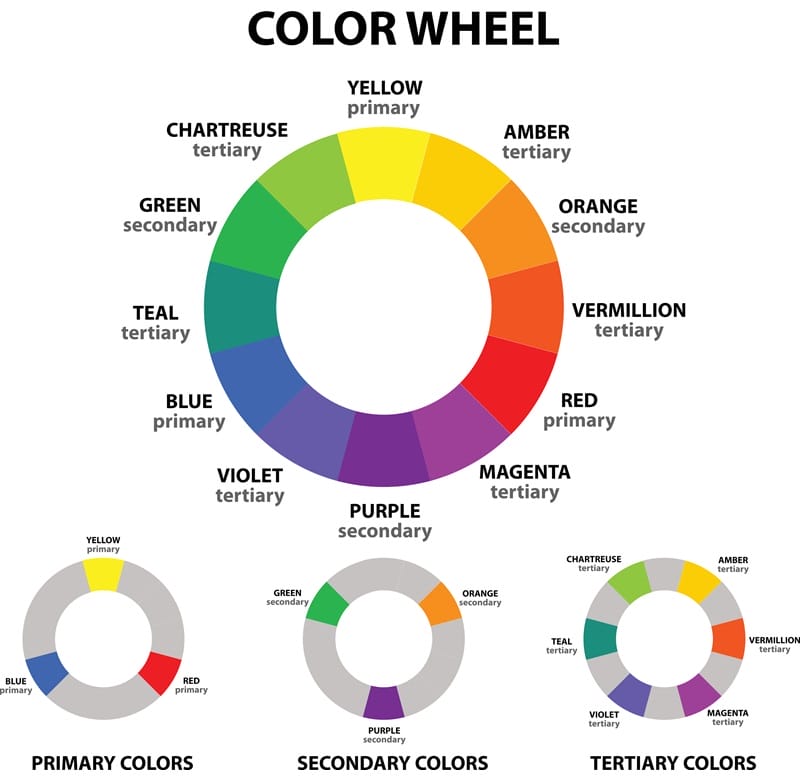
Primary Colors
The three primary colors are blue, red, and yellow. Technically, every other color on the color wheel comes just from these three! And no other colors can truly mix together to make blue, red or yellow. You can get close, but if you want the real deal, you have to go to the primary colors. That’s why when people ask “what two colors can make yellow?” for example, it’s a bit of a thorny question.
Secondary Colors
Secondary colors are green, orange, and purple (or violet). These colors are called secondary because you get them by mixing two of the primary colors. For example, you can make green by mixing blue and yellow.
Tertiary Colors
There's one more category on the color wheel. The tertiary colors come from mixing a primary color and a secondary color. And that's where you'll find teal!
Blue is a primary color. Green is a secondary color. Mix them together and you get blue-green (or teal or aqua or turquoise), a tertiary color. You can also mix something like yellow and green to get a tertiary color such as chartreuse.
Where Can You Find Blue and Green Mixtures in Nature?
You might have already guessed some of the answers to this question based on what we talked about above. Of course, if you are looking for what blue and green make in the wild, you can always look at water. Whether it’s a puddle outside your house or a deep mountain lake or the ocean, you’ll find blue and green mixtures anywhere you find water.
But you can find what blue and green make in other places as well. Take a closer look at the trees and plants around you. You might think of them as “green,” but now that you have such a keen eye for what blue and green make, you may notice a bit of blue in those leaves. In the right light, tree leaves can look downright teal.
You can also find animals sporting beautiful shades of teal. Perhaps you have some teal-colored birds in your neighborhood. Or maybe you can spot some ducks at a nearby park that have teal coloration among their feathers (and are playing in a teal or aqua pond while they’re at it!). If you live in a place that has critters like lizards, give them a closer look! Many will have a bit of teal on them.
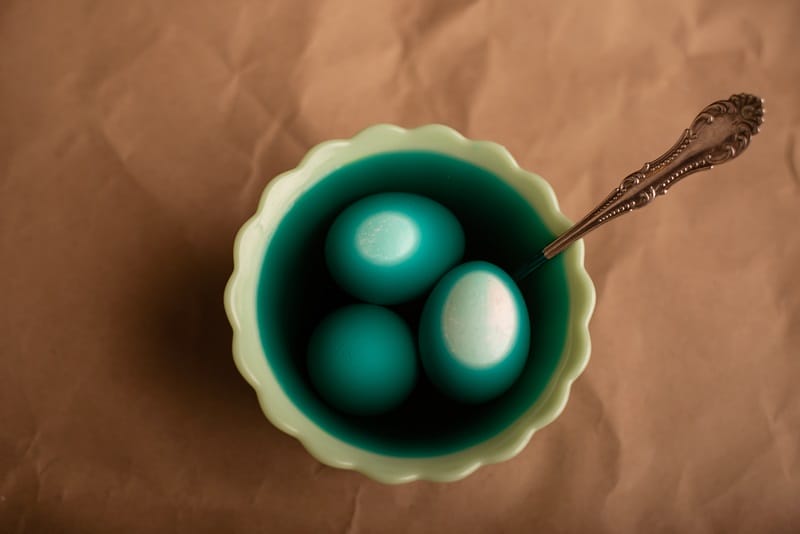
Decorate Your Easter Eggs with Teal
Bring teal into your home and your Easter celebrations by using it as a color for decorating your Easter eggs. Teal is a wonderful color to incorporate into Easter celebrations. The mellow tone suits the season and evokes images of spring and new blooms.
Plus, now you know how to use blue and green to make teal and other colors, so you might as well go wild with it! You can make a teal that's as humble and sedate or electric and eye-catching as you desire. And if you're hiding your eggs outdoors, you now know that certain teal tones will blend in pretty well with nature, giving you an extra edge.
Try Mixing Blue and Green on These Fun Coloring Book Pages
Another great place to use your new knowledge is on coloring book pages. Check out these great easter egg coloring pages, where you can use blue and green to make teal, robin's egg blue, or any other shade your heart desires.
What Other Colors Can I Mix?
Complementary Colors | Red and Blue Make Purple | Mixing Blue and Pink | Green and Yellow Make | Blue and Green Make | Pink and Green Make | What Does Orange and Blue Make? | Red and Green Make Brown | What Color Does Green and Orange Make? | Purple and Yellow Make Mauve | Red and Purple Make

